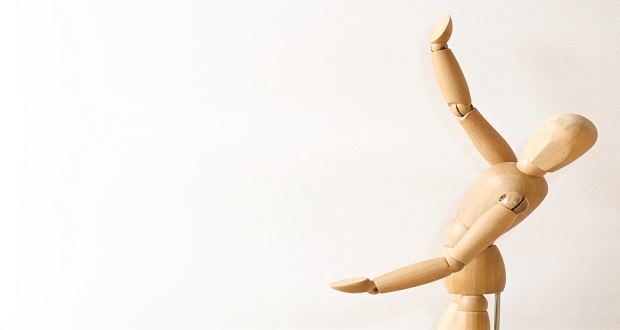
I’ve been thinking a lot lately about how little “big picture” thinking we do as a daily part of the “little picture” part of our lives. I don’t mean that any of us are little in regards to our impact on the world and the importance of the work that we do. But I think it’s continuously easy to fall into smaller ways of thinking about ourselves as piece in a puzzle that is much larger than us. We use the phrase “big picture” thinking often, but the bigness usually only goes but so far.
If we are dealing with an interpersonal conflict, thinking about the big picture might mean considering the larger project that we’re a part of. Or if we are working on a project, thinking about the big picture might mean, “how does this project fit in the organization?” Both examples are big pictures, but rarely bigger than the level of the organization. What I’m referring to in big picture thinking is as big as you can imagine given all of your creative energy and imagination. Really, really big.
I am now in my second year of a business PhD where I am learning all kinds of new research theories, methodologies and strategies for practice that span sociology, psychology, management and HR disciplines. But so little of it I would consider big picture thinking. Of course, depending on your perspective some of the theories I learn are bigger in scope than others—something especially true for sociology with its inherent “macro” lens. But for the most part, much of the social sciences—business and organizational science included—is focused on what happens within organizations, and rarely how organizational phenomena is part of the larger story or purpose. Maybe that’s not science’s job; but maybe it should be. And because so much of business thought and practice is tied in some ways to academic research, it means that practitioners must turn elsewhere for their big thinking ideas. Most of the big thinking around organizational life comes from a handful of business gurus and authors with large media platforms. And because these small but mighty voices are supposed to speak for us all, there’s never much room or training for our own big thinking about our roles, professions and organizations in the bigger picture of life. This lack of training in critical and creative thinking helps us paint small pictures of our roles in organizations and our organizations in the world.
I think it’s good practice for all of us, no matter what our roles, to practice thinking about the bigger picture—how what we, and our organizations, do on a daily basis fits into a larger puzzle or story. Organizations come close to this when they sit down and deliberate on their vision and mission statements—how what they do serves a bigger purpose. But not everyone in the organization always gets a say as to what this looks like. And we know that people often times may have different visions of how they view their work than their company does. I know many friends who view their work as a part of their service to their community, or as a part of their parenting to their children or as a service to God or as an expression of their faith. These are all widely different visions and bigger pictures, but it is their bigness that ties them together. I happen to know about my colleague’s bigger pictures because they’ve shared them in passing or in more personal conversations. But there isn’t always time, or allotted space, at work for bigger thinking about the bigger pictures we want to paint: the deeper motivations that move us, the ultimate goals that drive us, or the grand ideals that inspire us. We should change that. If not, we can fall prey to smaller views of ourselves, what we do, and why it matters in the long run.


















